Unveiling the Mystery of Weed Cloth
Often found in gardening and landscaping, weed cloth serves as a great way to deter weeds. Constructed of different mediums – from plastic to paper – the material blocks the sunlight that is crucial for weeds’ germination, thus limiting their growth.
Gardeners often combine weed cloth with mulch when creating more hospitable conditions for plants – this combination offers several advantages. Most commonly, mulch consists of an organic material which can be laid down on top of soil to improve nutrients and save water. Not only that, it also acts as a shield, keeping the soil and weed cloth inches apart.
Stop delaying and put an end to weeds with weed cloth! Reap the benefits of this incredible material, available in a wide spectrum of widths and lengths. Most sellers provide handy 100-foot (30.5 m) rolls, enabling you to have as much as you need for a lush and flourishing garden.
Making Good Use of Weed Barrier Cloth
Prior to planting, it is critical to employ weed cloth that has been tailored to the designated environment. For instance, a vegetable garden will require a specific kind of weed cloth, while a flower bed will necessitate an alternate choice.
To effectively tackle the weeds, the weed cloth needs to be cut in accordance with the area’s measurements before it is arranged atop the weeds. This can be held firmly in its position with items such as landscaping staples, rocks, or any other weighted material.
To guarantee that the weed cloth does not interfere with your crop, adding a layer of mulch is necessary to keep the weed cloth anchored. This precautionary measure will guarantee that your plants can blossom in peace.
After a few years, the weed cloth will no longer be effective and must be exchanged for a new one.
Unearthing the Advantages of Weed Cloth
Gardeners and landscapers alike have much to gain from investing in weed cloth. It’s a versatile tool that can significantly benefit horticultural endeavors.
Weeding needn’t be as time-consuming anymore – the introduction of effective weed cloth can help considerably.
Gardeners can achieve a pristine growing environment for newly seeded plants or delicate seedlings by using weed-inhibiting fabric.
In places where hazardous chemicals are off-limits, employing weed cloth is a sensible and safe alternative.
For those looking for an ecological option for the elimination of weeds, weed cloth is the solution.
Unfavorable Aspects of Weed Cloth Employing
Before utilizing weed cloth, certain drawbacks should be examined.
Purchasing effective weed fabric can be a major expense.
Installing weed cloth over broad swathes of land can be a challenge to tackle.
Heavy gusts of wind can easily carry away the layers of weed cloth staked in the ground.
Weed fabric, though seemingly pliable, can be easily split or torn by mammilian creatures and humans alike.
Embedded within weed cloth can be lurking nasty diseases and pesky critters.
Nonconventional Solutions to Weed Control
If you’re searching for a replacement for weed cloth that can help you maintain weed reduction, there is an array of options worth considering.
Covering the topsoil with mulch is an effective way to maintain its fertility, boost its water-retaining capabilities, and even hinder weed growth. Not only does it delay the evaporation of moisture from the soil’s surface, it also acts as a protective layer between the ground and fabric used to limit weeds.
Herbicides are an often utilized chemical tactic to rid land of unwanted vegetation. Although they can be effective, their use carries the potential implication of environmental damage.
To ensure proactive and effective solutions to weed control, manual weeding is the ideal approach, albeit labor-intensive in nature.
Mechanical weeders are implements of farming that make it possible to eliminate weeds from agricultural land. By utilizing the power of machinery, these devices can save time, prevent potential crop damage, and improve the overall yield of the harvests.
The sun’s immense heat can be put to use in destroying weeds using a process known as solarization.
In order to manage weeds and their growth, careful manipulation of the types of crops planted in a certain area over a span of years is used. This process is called crop rotation.
Related Product
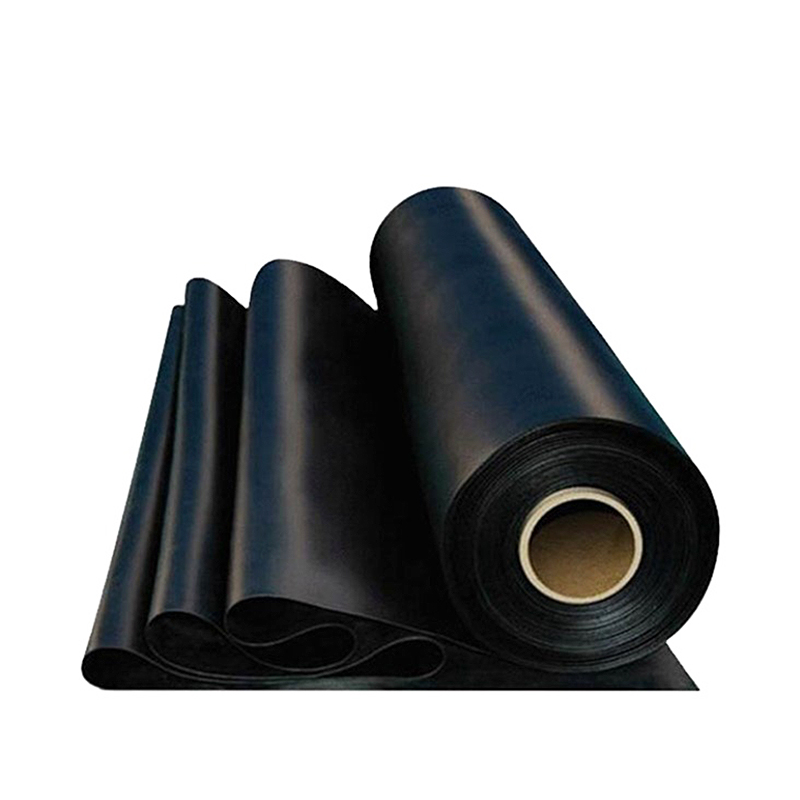
Hdpe Geomembrane
Product Features: They have strong ability for waterproof,anti seepage and isolation, aging resistance, good welding performance, convenient construction, root resistance and other […]
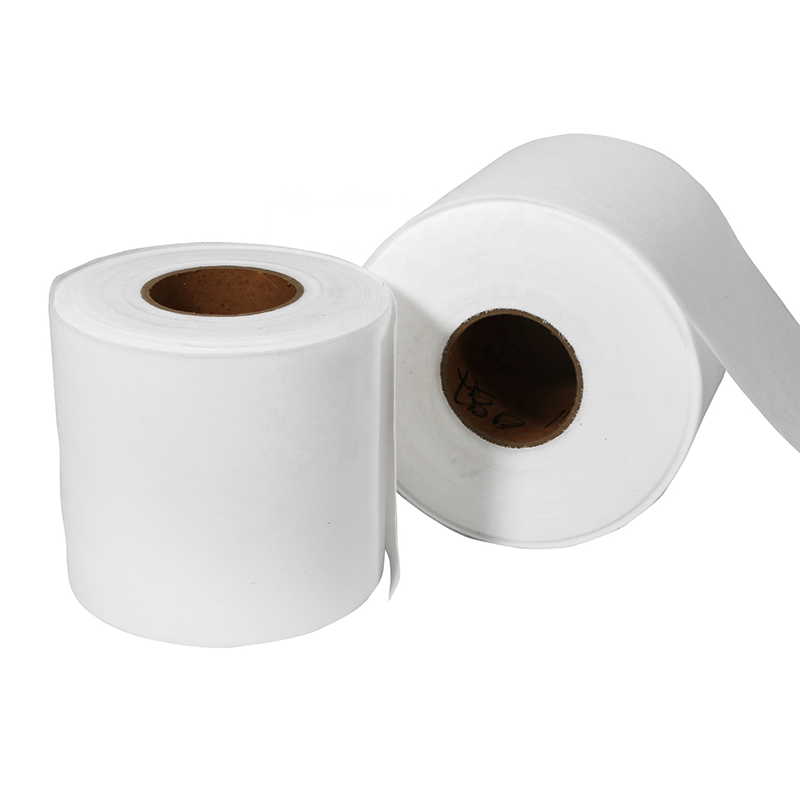
Non-Woven Geotextile
Geotextiles are permeable geosynthetic materials made by needling or weaving synthetic fibers. Geotextile is one of the new geosynthetic materials, and the finished product is clot […]
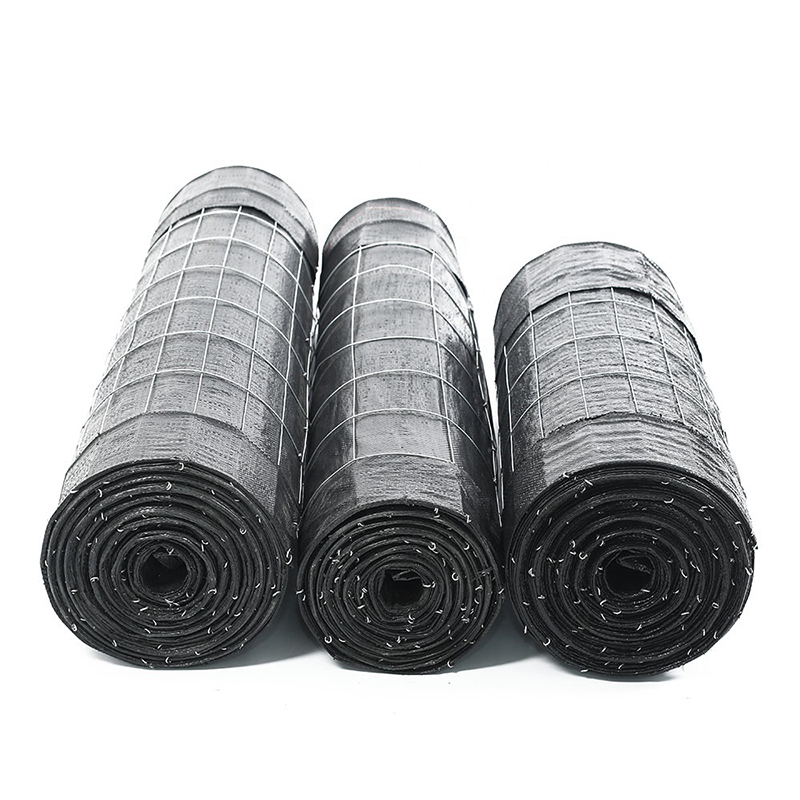
Wire Backed Silt Fence
The Wire Back Silt Fence is a strong erosion control fence designed for areas with demanding silt and erosion control requirements. Offering more strength and stability than a stan […]
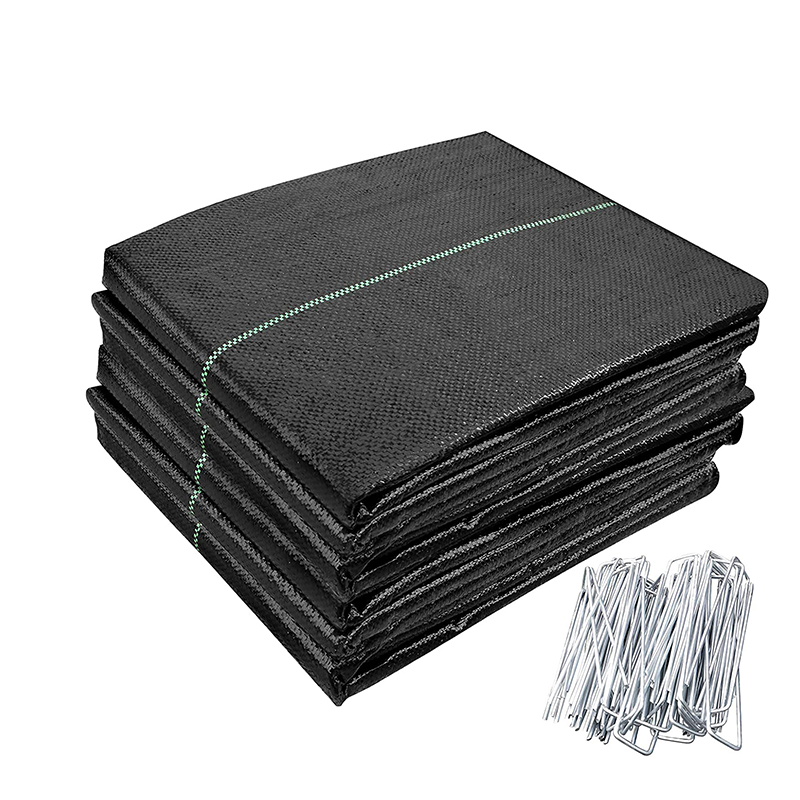
Woven Geotextile/Weed Mat
PP Woven Geotextiles are a series geotextiles made of high-performance polypropylene woven geotextile fabrics combining strength, durability and robust design. All these PP woven g […]
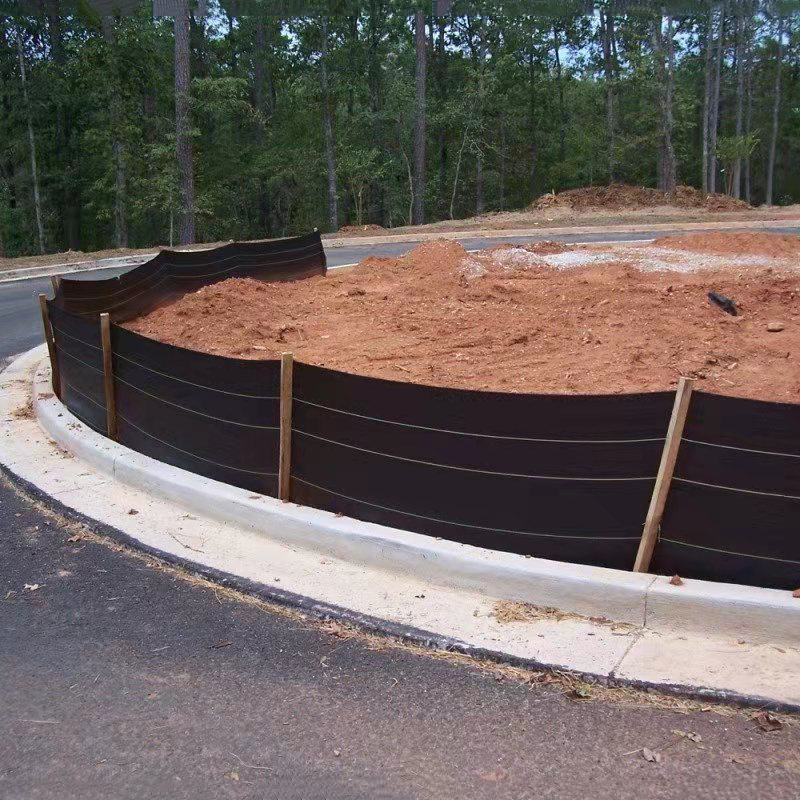
Silt Fence
Product Weed Mat / Ground cover/Slit fence Weight 70g/m2-300g/m2 Width 0.4m-6m. Lengths 50m,100m,200m or as your request. Color Black,Green,White ,Yellow or As your request […]
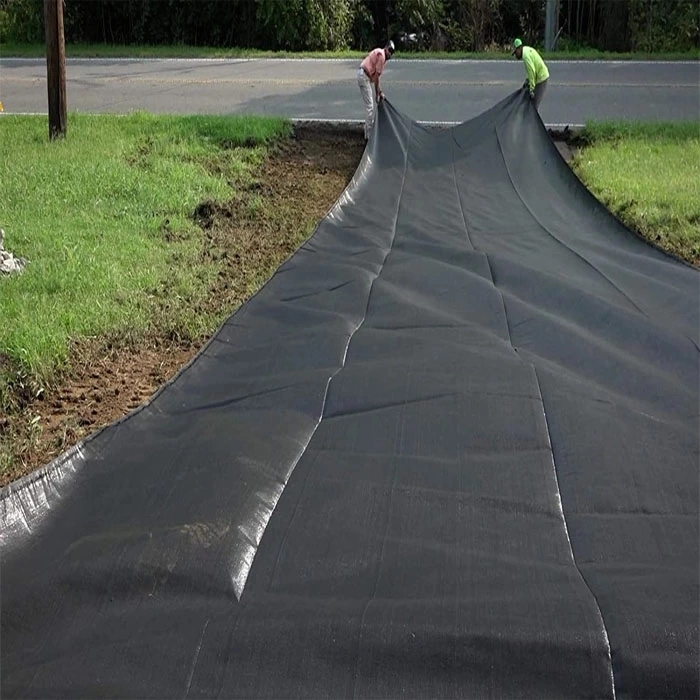
Bluekin Weedmat: Your Secret Weapon for a Low-Maintenance and Beautiful Garden
Are you tired of spending countless hours weeding and maintaining your garden? Look no further than Bluekin Weedmat, the ultimate solution for a low-maintenance and beautiful garde […]
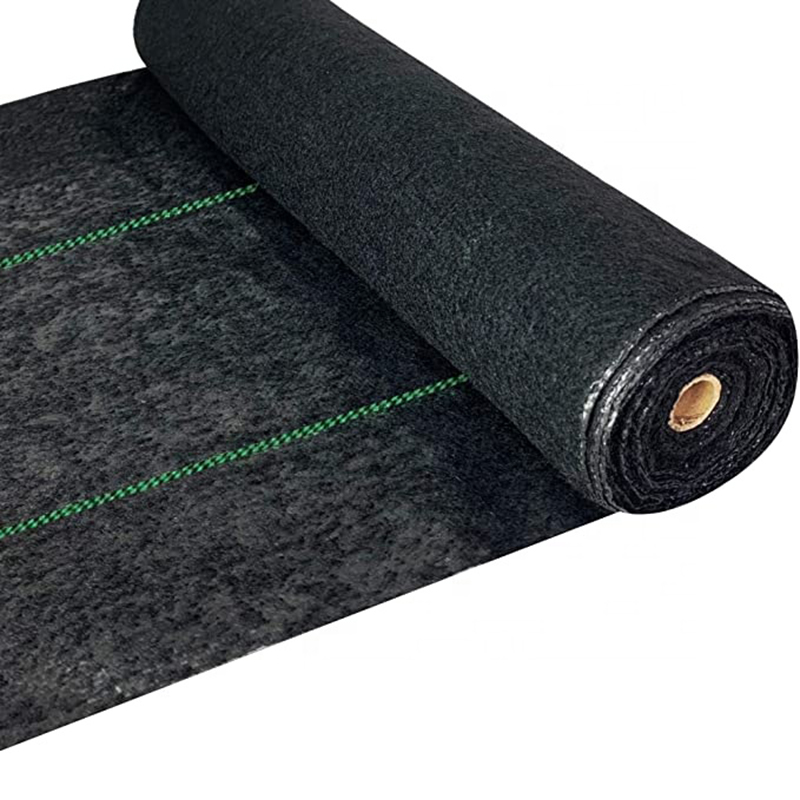
Heavy Duty Landscape Fabric
High Strength &Durability: 5.8oz heavy duty landscape weed barrier fabric, made of tightly woven polypropylene fabric needle which punched with UV-stabilized. 98.7% opaque to l […]
Post time: 2023-06-11
